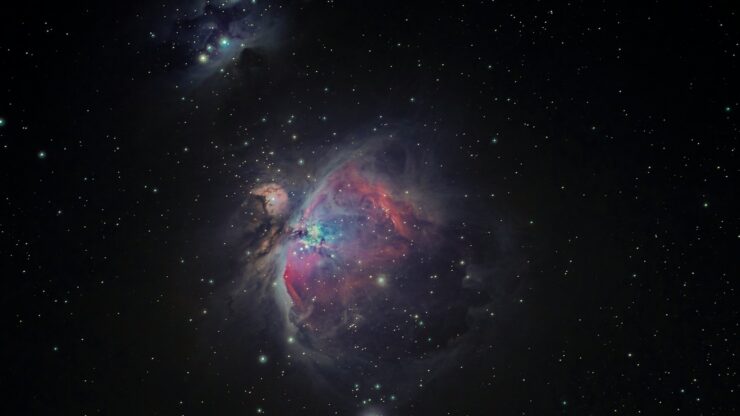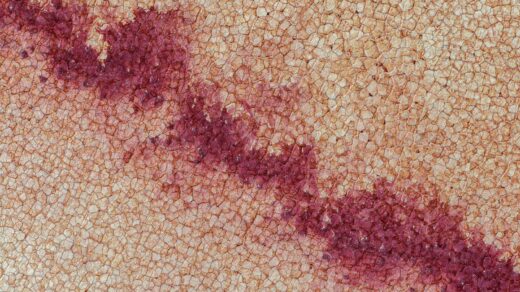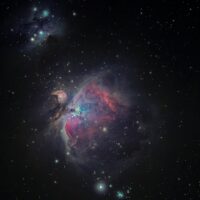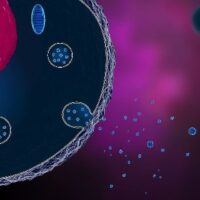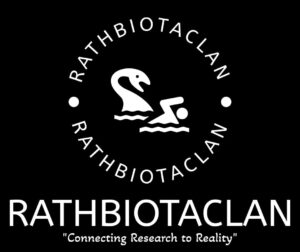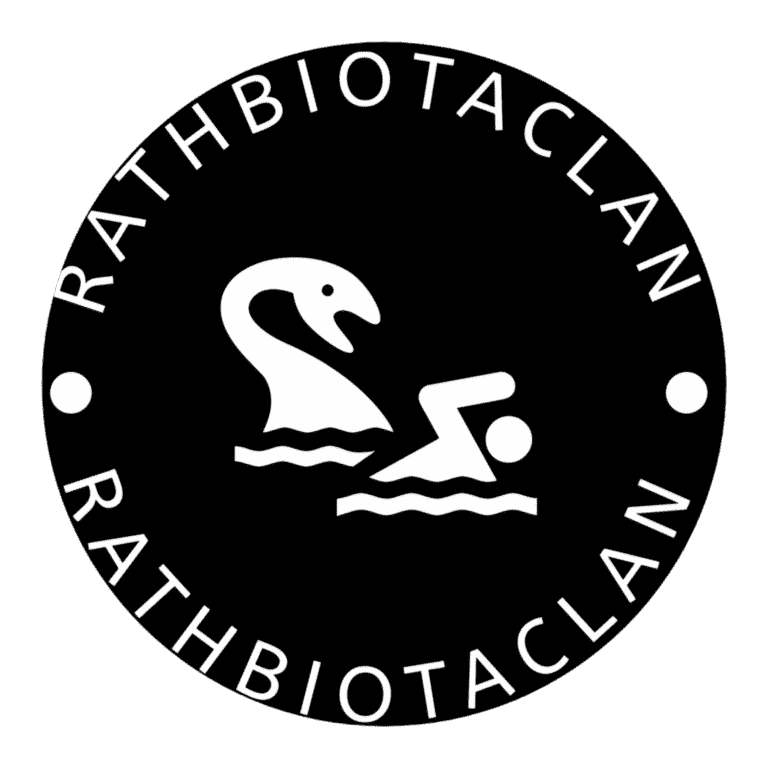For the first time ever, astronomers have observed the chemical building blocks of life trapped in ice beyond the confines of our own Milky Way galaxy. This landmark discovery, made using the James Webb Space Telescope (JWST), suggests that the essential chemistry required to give birth to life is not unique to our galactic neighbourhood but is instead widespread and robust across the entire cosmos.
The findings, led by astrophysicist Marta Sewiło, mark a significant step forward in understanding how complex chemistry emerges in the Universe.
What Are the Frozen Chemical Building Blocks of Life Found Outside the Milky Way?
The molecules detected are classified as Complex Organic Molecules (COMs), these are defined by an astrophysical context as molecules containing at least six atoms, with at least one being carbon. These molecules are of immense interest to scientists because they are known to be the chemical precursors to essential biomolecules, such as amino acids, sugars, and nucleobases.
The researchers identified a mixture of COMs trapped in ice swirling around a newborn star located in the Large Magellanic Cloud (LMC). The specific compounds found include:
| Compound | Chemical Formula | Astrochemical Significance | First Detection Outside Milky Way in Ice? |
| Ethanol | CH₃CH₂OH | Simple alcohol | Yes |
| Acetaldehyde | CH₃CHO | Precursor to amino acids | Yes |
| Methyl formate | HCOOCH₃ | Used in the synthesis of more complex molecules | Yes |
| Acetic Acid | CH₃COOH | Carboxylic acid, component of vinegar | Yes, first conclusive detection in ice anywhere in space |
These three compounds (Ethanol, Acetaldehyde, and Methyl formate) have never before been spotted in ice form outside the Milky Way.
In addition, the study confirmed the presence of acetic acid ($CH₃COOH$). This detection is particularly notable, as acetic acid has never before been conclusively identified in ice anywhere in space. Prior to this observation, acetic acid had only been found in space in its vapour form.
Can Life’s Precursor Molecules Form in Metal-Poor Galaxies Like the LMC?
The discovery was made toward a young star called ST6, which is situated approximately 160,000 light-years from Earth, near the famous Tarantula Nebula. ST6 resides within the Large Magellanic Cloud (LMC), which is the nearest star-forming satellite galaxy to the Milky Way.
The LMC provides an environment vastly different from our own galaxy, allowing scientists to investigate COM formation under extreme conditions:
- Low Metallicity: The LMC has a subsolar metallicity, meaning it possesses only about one-third to one-half the abundance of “heavy metals” (elements heavier than helium, such as carbon, oxygen, and silicon) compared to the Milky Way. This results in fewer C, O, and N atoms available for chemical reactions.
- Less Shielding and High Radiation: The LMC has much less dust to block light and features relatively intense star formation, which floods the galaxy with strong ultraviolet (UV) radiation.
Despite these challenging conditions, which might typically hinder complex molecule formation, the discovery of these COMs in ST6 provides strong evidence that they are products of grain-surface chemistry. This process involves the formation of thin ice coatings on interstellar dust grains, where chemical reactions are driven and aided by radiation. The results confirm that this process can still take place efficiently, even in the metal-poor conditions lashed with radiation characteristic of the LMC.
How Did JWST’s MIRI Instrument Detect Life’s Icy Ingredients?
To achieve this breakthrough, researchers turned the JWST’s highly sensitive instruments toward ST6. They utilised the Medium Resolution Spectrograph (MRS) of the Mid-Infrared Instrument (MIRI).
The scientists “soaked up” the mid-infrared light emanating from the icy material around the star. They then compared the resulting spectra to a known “COM fingerprint”. These “fingerprints” are databases of signatures representing various COMs, which absorb light at specific wavelengths, producing measurable shadowy lines that scientists can match to known molecules.
The detection of acetic acid in its frozen form particularly supports computer models and laboratory experiments that suggested this molecule participates in the grain-surface reactions believed to build prebiotic compounds in space.
What Does the LMC Discovery Tell Us About Life’s Chemistry in the Early Universe?
The LMC’s low-metallicity environment is similar to that of galaxies observed during earlier cosmological epochs. Thus, these results offer a valuable glimpse into the chemical complexity present in star-forming regions during the early stages of the Universe.
While the fractional abundances of COMs relative to water ice measured toward ST6 appear generally lower than those observed in Galactic protostars, researchers suggest this might reflect the differences in metallicity and UV flux between the two galaxies. For example, the underabundance of solid methanol (CH₃OH) could be explained by a “warm ice chemistry” model, where high dust temperatures (common in the LMC due to strong radiation) make the conversion of carbon monoxide (CO) into methanol less efficient.
The current conclusions are based on data from a single LMC source (ST6) and only four comparable Galactic sources. Researchers plan to expand their observations to more young stars in the LMC to determine if this robust chemistry takes place across the entire dwarf galaxy or if ST6 is an outlier. Further laboratory ice spectra of COMs are also needed to improve the accuracy of interpreting observed mid-infrared spectra.
REFERENCE
Published in The Astrophysical Journal Letters.

